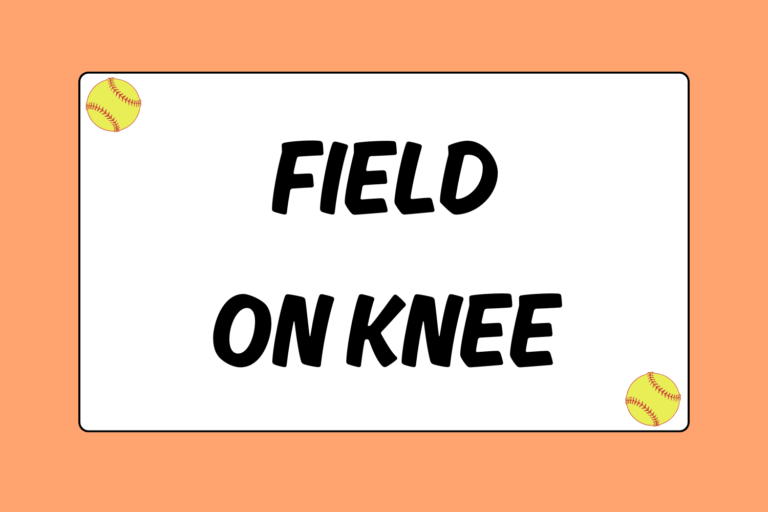Hosting tryouts is no easy task. The girls may not know each other. Your time is limited. And since you’re guaranteed to get a range of talent, you have to figure out how to judge every player equally. Up for the task? Keep reading. This softball guide will offer some tips and tryout information so you can put together the best team possible.
Advertise
You won’t get a good turnout if no one knows you’re hosting an open tryout. About a month or two before the tryout date, start advertising your tryout. Use your local newspaper, your team’s website, or an email distribution list of local teams or players to get the word out. Make sure you include all necessary information:
- Date (both day of week and day of month)
- Time (Include the time you wish the girls to show up to sign in. Set this time roughly 30 minutes before actual tryouts begin so that latecomers will be able to relax and nerves will have time to settle.)
- Age group
- Level of competition
By including this last point, no player will be surprised if she doesn’t fit the mold. If you have a separate tryout after the team tryout for pitchers and catchers, make sure you include that time, as well.
The Setup
On the big day, make sure you and your coaches are ready for the masses. There should be a sign-in table where each girl signs in with her profile information (name, age, position, previous team, address, email). Then, give each player an adhesive name card to write her name or number. Whether you want the girls to wear their names or numbers is up to you. Often times, numbers are easier to remember, and they’ll correspond perfectly to a numbered slot on the signup sheet. It will also be easier for you to distinguish the players in your notes since numbers are faster to jot down than names.
Also, as obvious as it may seem, make sure you have everything you need for tryouts:
- Balls
- A pitching machine (unless a coach will throw live pitching)
- Bases
- A lined field
- A first aid kit
- Notepads and clipboards
- Pens and pencils
- Extra batting helmets and bats (for younger teams only)
- Recommended: Water
Huddle Up
Before the tryout starts, make sure to bring every player into a huddle to introduce yourself and the other coaches. You should also go over the outline of the tryout. Often times, if a player knows what to expect, she’ll be better prepared to perform at her fullest potential for the entire duration of the tryout, rather than saving energy for the “next” drill.
Hot Tip: No Second Chances
Since this is not an ordinary practice, you don’t want to be coaching these girls through tryouts. You can offer small tips here and there, but don’t hound certain players. There is one piece of advice you should give your players, though, and that’s to try out as if it were a game. If they need to dive to get a ball, then they should dive. If they need to sprint, they shouldn’t be jogging. Let your players know that in most tryouts, there are no second chances.
The Tryout
What you’re looking for during tryouts are girls who are coachable, talented, and passionate about softball. You don’t want girls who don’t want to be there. Below is how a typical tryout is run; adapt yours to include every fundamental softball skill.
1. Warm-up & Stretches
Before the tryouts even start, the girls need to be warmed up. Make sure they’ve jogged and stretched before starting the real tryouts.
2. Timed Sprints
Timed sprints can be done at the beginning or at the end of tryouts — or both. Time each player from home to first, first to third, and all the way around the diamond. Give each player two chances at each run. Do not yell out the times; write them down.
Doing these sprints before the skills portions of tryouts will allow them to run on the freshest legs, but it’s possible some girls may not be completely warmed up. Timing them at the end of tryouts will give you an idea of who can withstand a long day. Testing at the beginning and at the end will give you an idea of how well conditioned each player is overall.
3. Throwing Warm-ups
The first skill you want them to work on is throwing. Pair them up (or let them choose), and give them some time to warm up their arms.
4. Infield & Outfield
Next, split the girls up into an infield and outfield group. Split the infield up by position and have all outfielders start in center field. (You’ll need at least one coach for each group.) Hit rounds of grounders to the infielders, and give the outfielders tough fly balls and hard grounders.
Pay close attention to how the girls react to every hit, and how they act when it’s not their turn (are they clowning around?). If players play multiple spots (utility players), give them a chance to work at each position.
After you’ve given the players plenty of “individual” work, set them up by position and go through some plays, working only one player at a position per turn. Listen to who talks, who naturally leads, and who hustles to every ball — not just the ones hit to her. Also, pay attention to the outfield. Watch their range, their speed, and their reactions to back up their respective bags.
5. Hitting
After you’ve gone through defensive skills, get ready for offense. If you have a pitching machine (and plenty of balls), you won’t need an infield or outfield. If you’re limited on the number of balls, split the group into two and have one group stand on defense to help shag balls.
Using a pitching machine or a coach, test each batter. Give each batter anywhere from 25 to 40 swings. Have them execute every offensive tool they have: Bunts, slaps, and hits. Allow each girl to go through only once. The number of pitches you’ll give them may seem excessive, but some girls may need more to get into a groove. Feel free to limit the number of swings for a player who is clearly showing you she can hit. Switch groups once one group has finished.
6. End Team Tryouts
After the last hitter has finished, rally up the girls to tie up the tryouts. Give them the information they need:
- When you’ll get back to them
- Whether you’ll get back to them regardless of whether they made it, or if you’ll only get back to them by a certain date if they made the team.
If you plan on having a second tryout, let them each know if they should go.
7. Pitchers & Catchers
After the field players have finished their tryout, focus your attention on the pitchers and catchers. Throwing them all together on the field will give you the best chance to view them all at once. If there are only a few, though, you can use bullpens.
Pair up pitchers and catchers, and let the pitchers go through their warm-ups. After the pitchers are warm, make sure to write down what pitches each throw and watch for accuracy, form, attitude, and finesse. Watch the catchers’ skills, as well — can they frame, block, throw, and are they encouraging? To save the pitchers’ arms, only allow them to throw about 5-10 of each pitch.
Find Your Team
Once your tryouts are over, take the time to go through your notes. Who do you remember stood out? Who impressed you? Take in every player and situation, and evaluate each player based on the needs of your team. Whatever you do, don’t favor returning players. Of course, you will have already built a relationship with a returning player, but give every player an equal opportunity — evaluating every girl on a clean slate.





